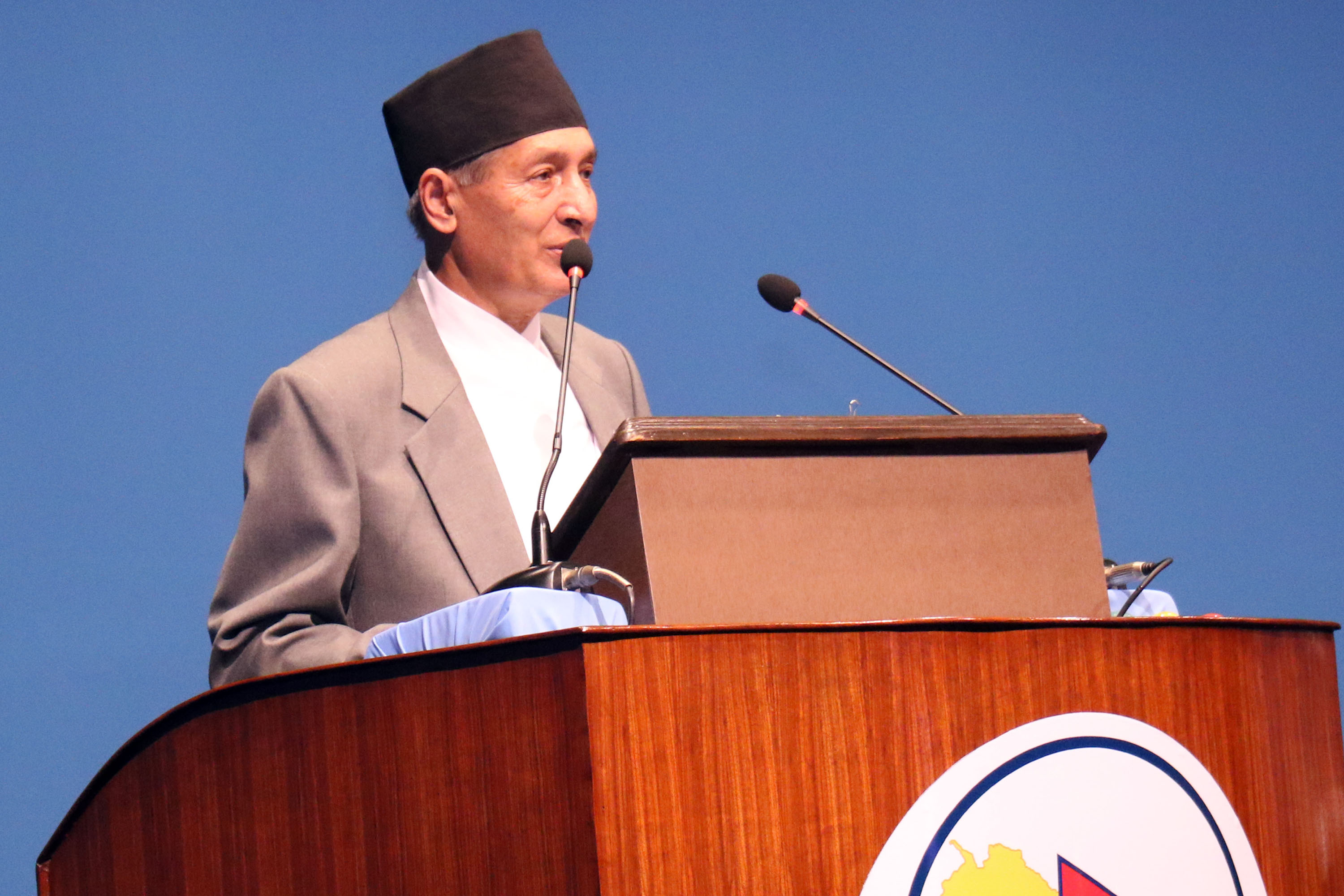Power authority set to lose Rs 25bn annually
KATHMANDU, JUNE 16
Due to failure of the government to reform its policies and take any initiative to formally open the Indian market for electricity trade, electricity worth more than Rs 25 billion is expected to go to waste next fiscal year.
The government has still not addressed the issue of consumption of electricity in irrigation, electric transportation or use of induction stoves, among others, which will lead to electricity wastage next fiscal.
Kul Man Ghising, managing director of Nepal Electricity Authority, said around 600 megawatts of electricity will be added by subsidiary companies under NEA and 700 MW from the private sector in the next fiscal.
“We still have no mechanism or solution to consume at least 1,000 megawatts of electricity,” he stated, adding, “If that amount is not consumed, we will face a huge financial loss.”
NEA has already signed agreements with private sector players and its subsidiaries to purchase 6,000 megawatts of electricity.
Among the projects with which the power utility has signed pacts, projects with capacity of 3,000 MW have completed their financial closure and are under construction.
These projects will be completed within three years and start generation.
Ghising said NEA was also worried about that particular time when such a huge quantum of electricity would be generated.
Meanwhile, Finance Minister Yubaraj Khatiwada has made things more difficult through the budget for fiscal year 2020-21 by increasing import duty on electric vehicles by up to 80 per cent and also customs duty on electric induction stoves. By encouraging the use of electric vehicles and induction stoves, more energy would have been consumed.
The budget has also failed to address the use of electricity for irrigation purposes. Due to lack of proper irrigation facilities and associated reasons, the country has not been able to produce sufficient amount of crops and has been importing crops worth Rs 20 billion annually.
Moreover, emphasising on irrigation would also have increased power consumption.
According to a study conducted by NEA, 200 MW of electricity can be consumed for irrigation in the Tarai region. The amount being consumed for irrigation at present is negligible.
A minimum of 1,300 MW will be connected to the power system in the upcoming fiscal.
The total connected capacity of the country will reach 2,533 MW after 600 MW is added from projects run by NEA and its subsidiary companies, including 456 MW from Upper Tamakoshi and 700 MW from the private sector. The total installed capacity of the country reached 1,233.1 MW by mid-February, according to this year’s economic survey.
The government had projected a total demand of 2,300 MW in 2020- 21 to show that the market and consumption of electricity in Nepal would remain high. However, NEA’s traditional demand projections have usually ranged from 100 to 150 MW a year.
Moreover, to facilitate the purchase and sale of licences for hydropower projects, the Water and Energy Commission Secretariat had projected the country’s gross domestic product to grow by 7.2 per cent.
NEA’s highest (peak load) demand never exceeded 1,350 MW even before the COVID-19 outbreak.
Due to COVID-19, the country’s GDP growth rate is expected to slump to 2.3 per cent this fiscal.
“NEA has been signing power purchase agreement on the basis of the same demand projection but the demand has not been met.
Now, it is certain that NEA will face a huge financial loss in the upcoming fiscal year,” Ghising said.
So far, no concrete agreement has been reached on electricity export to India even though the country will generate surplus energy from the next fiscal.
Despite extensive discussions at the energy secretaries’ meeting of the two countries, an agreement is yet to be signed.
A version of this article appears in e-paper on June 17, 2020, of The Himalayan Times.






